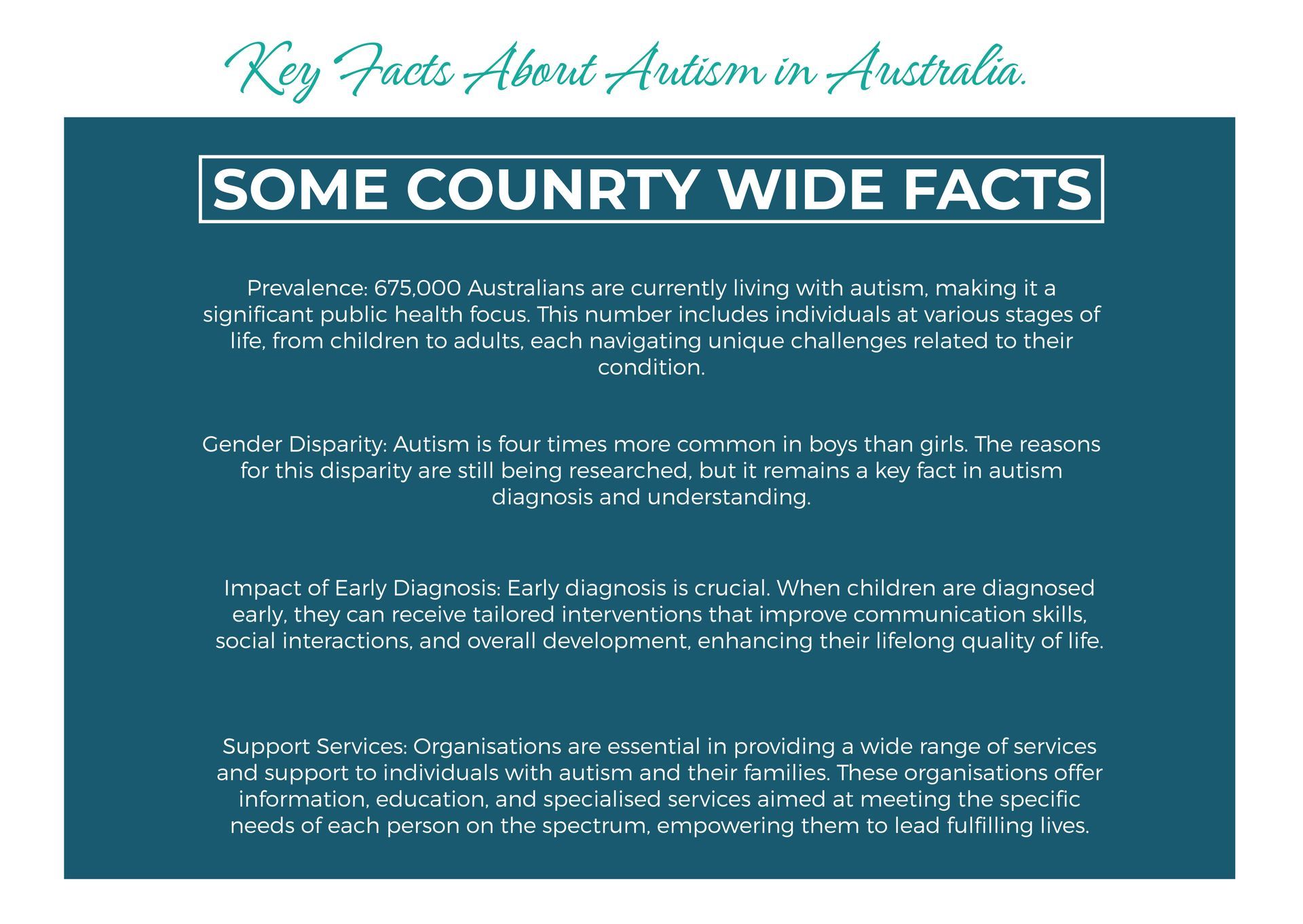Understanding Autism Spectrum Disorder: Key Facts and Milestones
Understanding Autism Spectrum Disorder:
Key Facts and Milestones
Autism Spectrum Disorder (ASD) is a lifelong developmental condition that affects millions of individuals worldwide, with an estimated *675,000 Australians currently living with autism, based on the latest prevalence estimates and Australian Bureau of Statistics data. The condition is characterized by difficulties in social interaction, communication, restricted and repetitive interests, and sensory sensitivities. The term "spectrum" reflects the wide range of challenges experienced by people on the spectrum and the varying degrees to which they are affected.
Autism is four times more common in boys than in girls, with each individual exhibiting a unique combination of strengths, interests, challenges, and aspirations. Early diagnosis and appropriate, evidence-informed treatment can significantly improve the quality of life for many children and adults, offering them better opportunities for growth and support.
The History of Autism:
Key Moments and Pioneers
In 1943, American psychiatrist Leo Kanner introduced autism to the world. He described a group of children who had difficulty with social interactions and preferred routines. His research helped establish autism as its own condition, separate from other disabilities.
Around the same time, Hans Asperger, a German doctor, noticed children who had similar challenges but were often highly intelligent and focused on specific interests. This led to the recognition of Asperger's Syndrome, a subtype within the autism spectrum.

Autism's Social and Emotional Impact
Autism affects various aspects of daily life, from social interactions to academic performance. Some key challenges include:
- Bullying: Nearly two-thirds of children with autism, aged 6-15, report being bullied. This highlights the need for supportive environments and inclusive education systems.
- Self-Injury: Around 28% of 8-year-olds with autism engage in self-injurious behaviors, such as head banging or skin scratching, often in response to overstimulation or frustration.
- Co-occurring Conditions: Many children with autism also experience other conditions, such as ADHD, with 30-61% of children on the spectrum affected by attention deficits and hyperactivity.
- Executive Functioning: Compromised executive functioning skills—such as problem-solving, impulse control, and emotion regulation—are common in individuals with autism, making daily tasks and social situations more challenging.
Looking Ahead
As awareness and research continue to evolve, so does our understanding of Autism Spectrum Disorder. The ongoing work of organisations in Australia, alongside advances in diagnostic criteria and intervention strategies, contributes to a more inclusive society for individuals with autism and their families. By embracing diversity and focusing on each individual's unique strengths and needs, we can continue to improve the quality of life for those on the spectrum and help them thrive.
Resources:
https://www.aspect.org.au/about-autism
https://www.autism.org.uk/advice-and-guidance/what-is-autism/the-history-of-autism
https://www.abtaba.com/blog/history-timeline-autism





